Japan 2024
In Search of Emptiness & Wabi Sabi
Faculty: David Asari
May 13: Zoom program meeting*
In Japan May 22-June 10
Housing Check-In: May 22
Housing Check-Out: June 10
*Before traveling abroad, the class will hold a preliminary one-day online seminar.
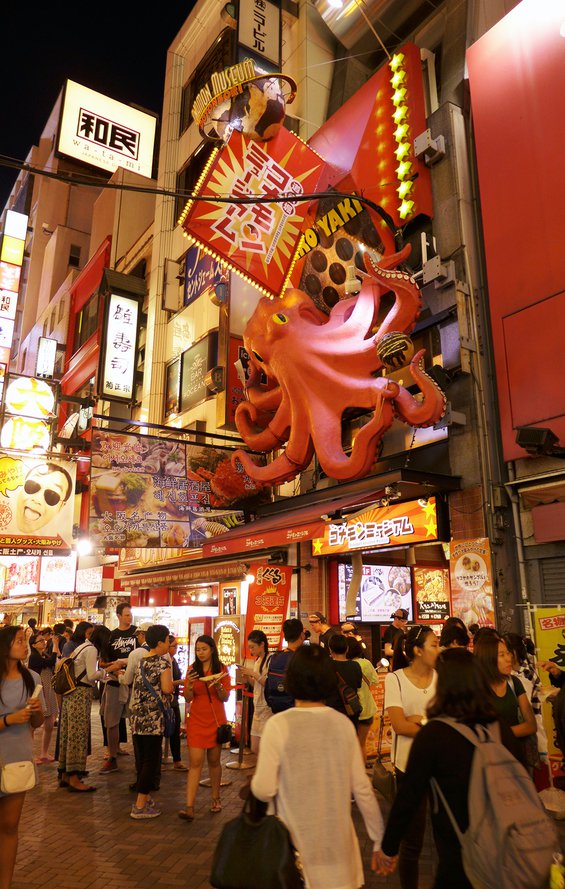
Program Description
Open to undergraduate and graduate students
Most of us are familiar with the mainstream phenomena that has characterized Japanese pop culture for the past three decades. Manga, anime, and Kawaii [ the Cute craze ] are commonly known, but the true origins of Japanese aesthetics lie in the traditions of its two indigenous religions, Shintoism and Buddhism.
In Shintoism, it is believed that there are eight million gods or kami who reside in all natural things and that they are attracted to voids or emptiness. Wabi-Sabi is the quintessential Japanese aesthetic born out of the Zen Buddhist acceptance of transience and imperfection. These basic tenets can be seen in Japanese art, architecture, design and landscaping and in ritual practices such as the tea ceremony.
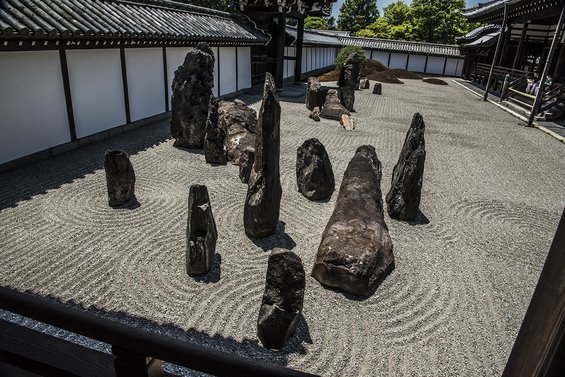
The quest of this course is to explore Japan’s present day capital, Tokyo, and its ancient capitals, Kyoto [ 794–1868 ], Kamakura [ de facto capital 1192–133 ] and Nara [ 710–784 ], and discover, record, and interpret examples of traditional Japanese aesthetic values as a way of understanding “the durability of Japanese artistic attitudes from historic times to the present.”
Students spend 13 days in Tokyo with a 5 day excursion to Kyoto. While the focus of the visit is an investigation of Japanese aesthetic values, students also explore the compelling surface of Tokyo and Kyoto. For the duration of their stay, the class lives in the question of what ties the old to the new.
The outcome of the course integrates narrative with visual images and may take any form including 2D, 3D, time-based media, or performance art. Final projects are evaluated on the quality of research, analysis, creative thinking, form giving, and craft. Collaboration is always an option.
Student Testimonials
"It was rewarding to experience the extremes of a culture: from the intense and fast-paced urban street life to the utmost calming and spiritual sites, we were totally immersed. This type of full-body immersion is the only way to truly learn and come to know a place and a culture."
". . . though I've been to Japan many times we visited many venues I hadn't otherwise known how to access. The content is rich and overwhelming."
"Being in Japan to actually see the examples instead of looking at pictures changed my life and I will never forget it."
About the Instructor
A second-generation Japanese American, David Asari has deep interest and roots in Asian culture and arts, as well as the Asian American experience –– particularly the WWII internment of the Japanese (which included his maternal grandfather). David has traveled to China, representing CCA at the Central Academy of Fine Arts, where he was also invited by renowned design Dean Min Wang to speak at their School of Design.
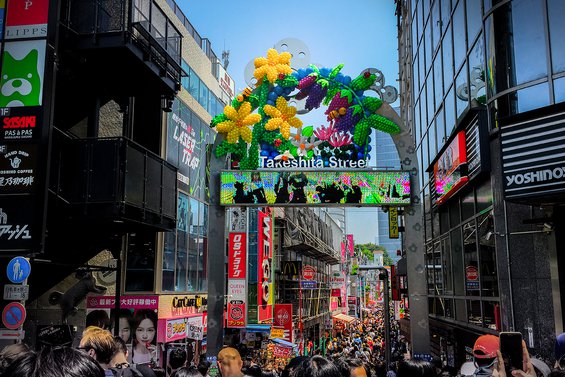
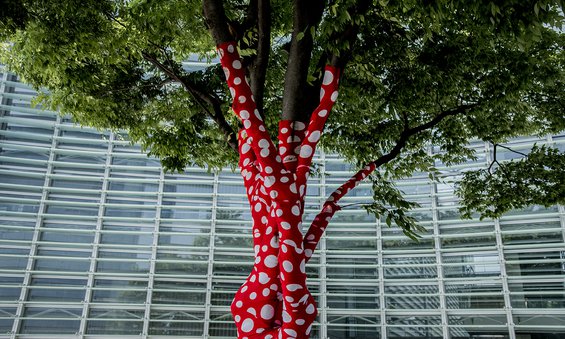
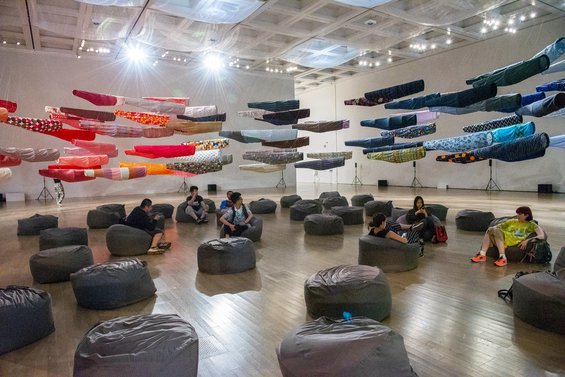
Prerequisites
- Undergraduate students: Successful completion of at least sophomore level by summer 2024 and instructor approval.
- For Critical Ethnic Studies Studio credit: Drawing 1, 2D, 3D, 4D, Writing 1, Foundations in Critical Studies, Intro to the Arts and Intro to the Modern Arts. Junior standing
- For Graphic Design Advanced Studio Elective credit: Graphic Design 3 (GRAPH-3000) and Typography 3 (GRAPH-3040)
- For Upper-Division Interdisciplinary Studio credit: Drawing 1, 2D, 3D, 4D, Writing 1, Foundations in Critical Studies, Intro to the Arts and Intro to the Modern Arts. Junior Standing
- Graduate students: Instructor approval
In addition, all students must be in good academic, conduct, and financial standing for the 2023–24 academic year. Students who are on probation in fall 2023 are not eligible to enroll in a 2024 summer study-abroad program.
Course Satisfies
- For undergraduate students, this course satisfies a Graphic Design Advanced Studio Elective (GRAPH-3680). Pending approval- Upper-Division Interdisciplinary Studio credit (UDIST-3000) and a Critical Ethnic Studies Studio credit (ETHST-3000), or a Studio Elective.
- For graduate students, this course satisfies a Grad-wide Elective (GELCT-6200).
Program Fee:
$6,200 + $50 summer registration fee
Included in program fee:
- 3 credits, housing, breakfast, final dinner, tea ceremony, garden and museum entrance fees, ground transportation in Japan, and travel/health insurance
Not included in program fee:
- Airfare to and from Tokyo, ground transportation to and from airport in Japan, most meals
Please read the Summer Study Abroad Registration & Related Information in its entirety.
Questions
Please see Frequently Asked Questions or email studyabroad@cca.edu.
